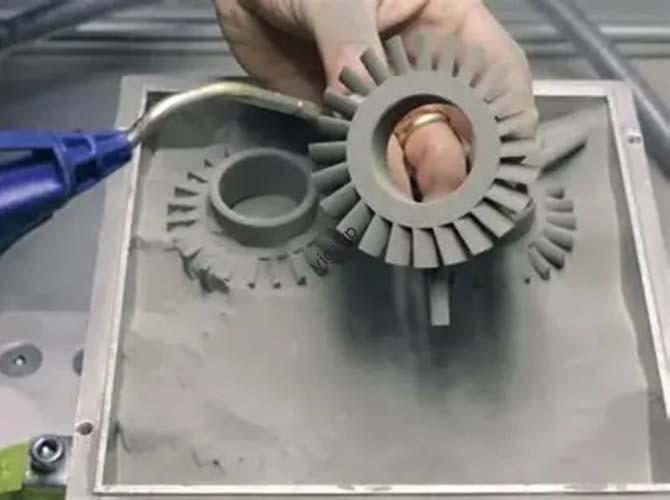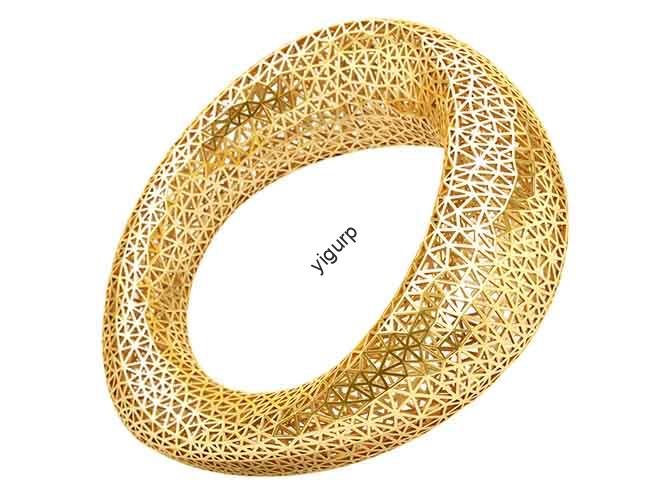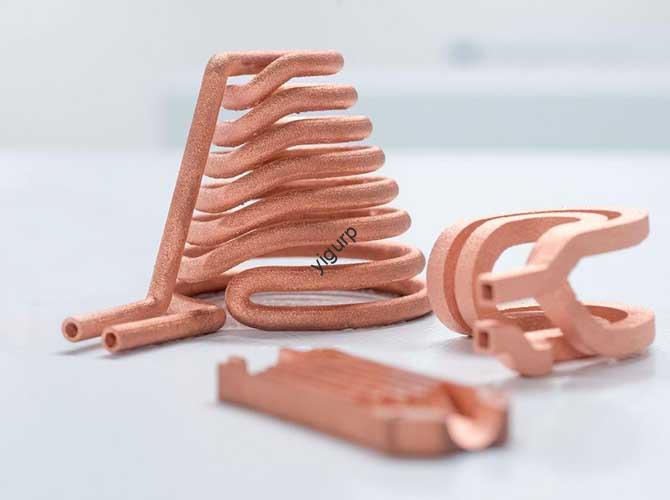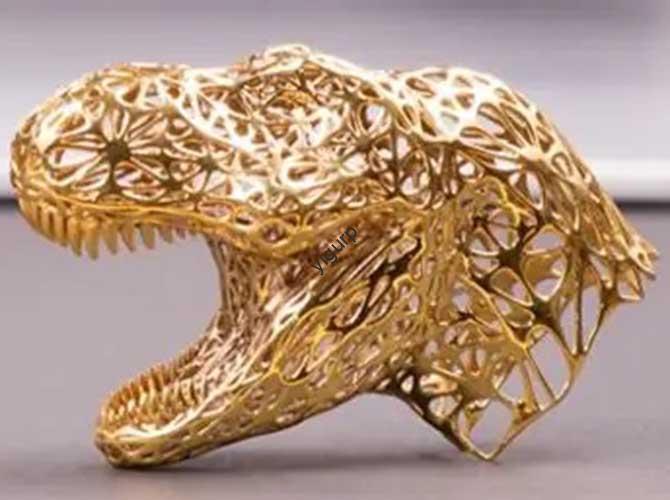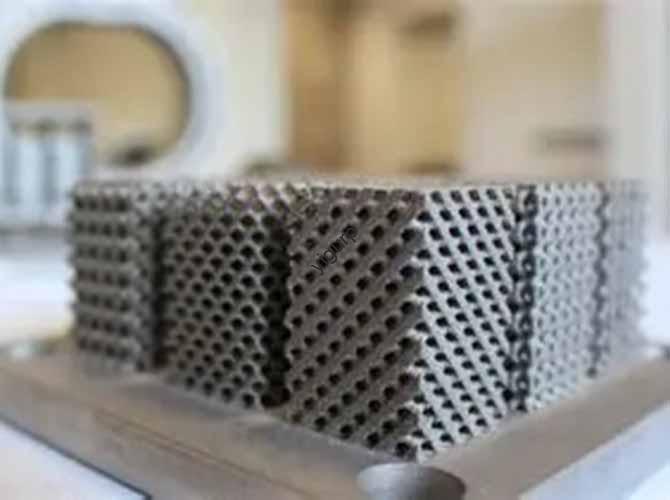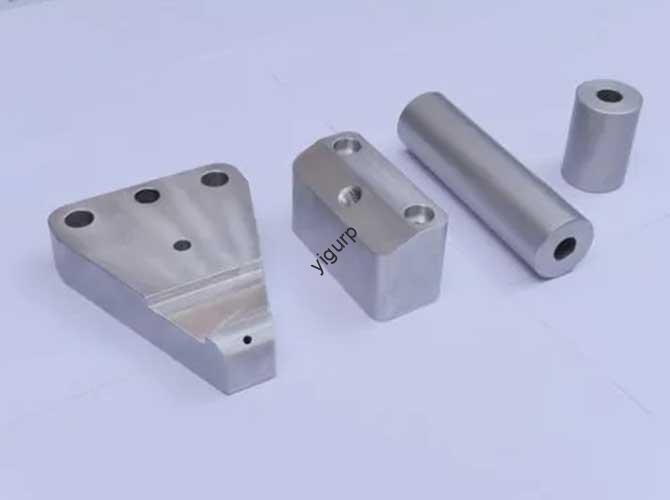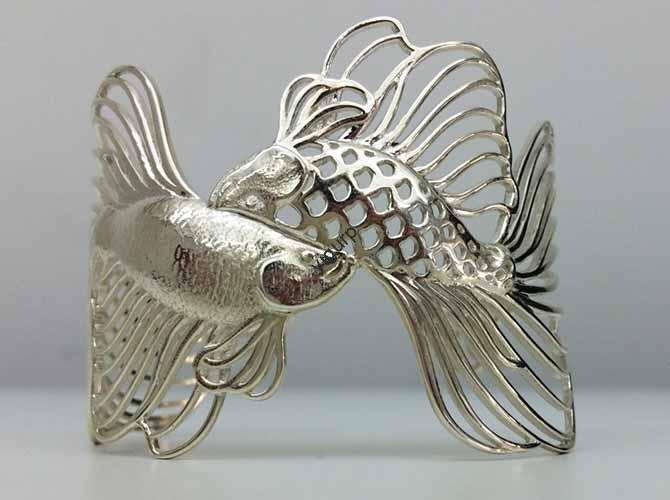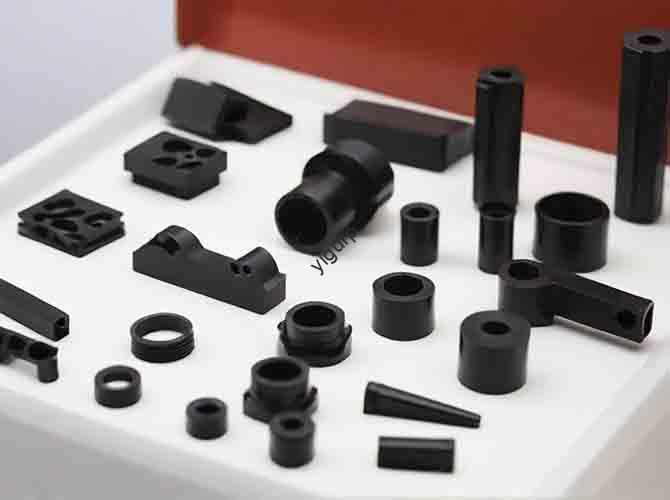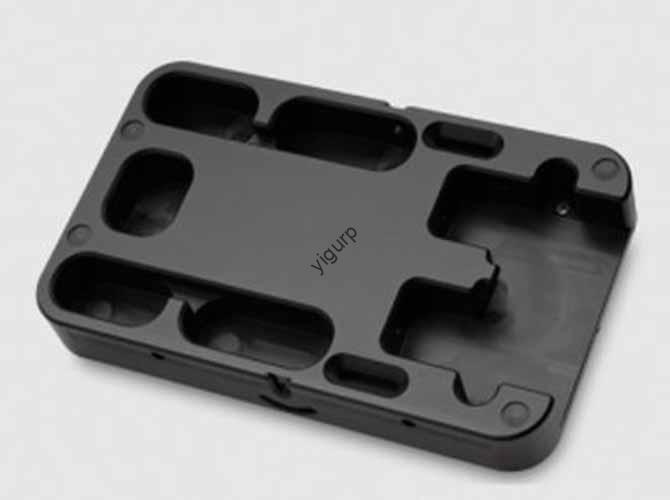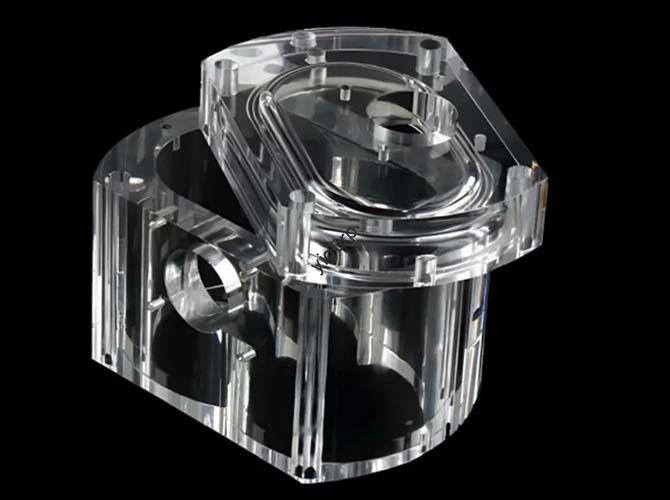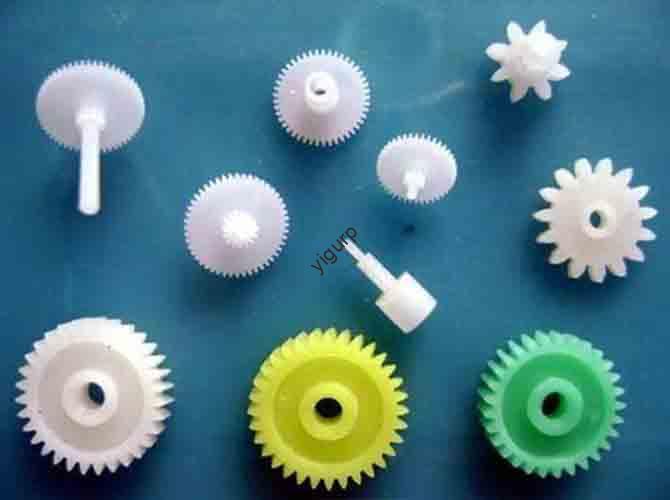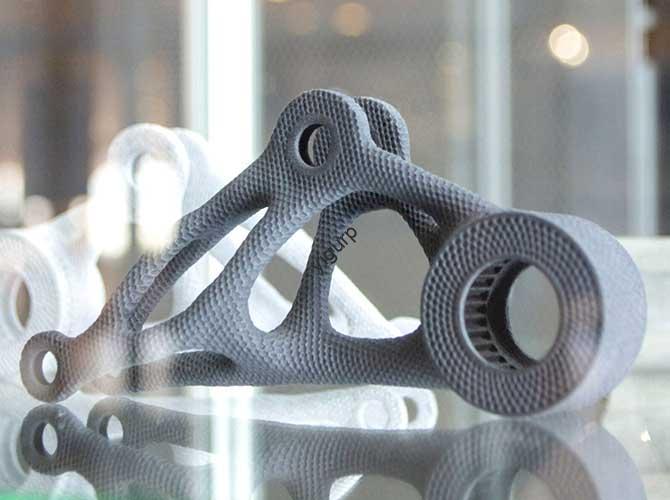What Is Gravity Die Casting and How to Leverage Its Advantages in Manufacturing?
Gravity die casting (also known as permanent mold casting) is a pivotal metal-forming process that relies on the natural force of gravity to fill mold cavities with molten metal. Unlike high-pressure die casting, it avoids complex pressure systems, making it a cost-effective and reliable choice for specific industrial scenarios—especially for thick-walled parts requiring heat treatment […]
